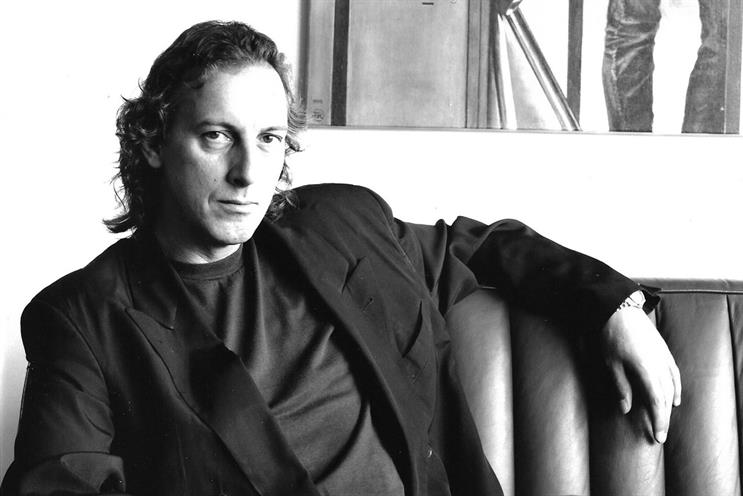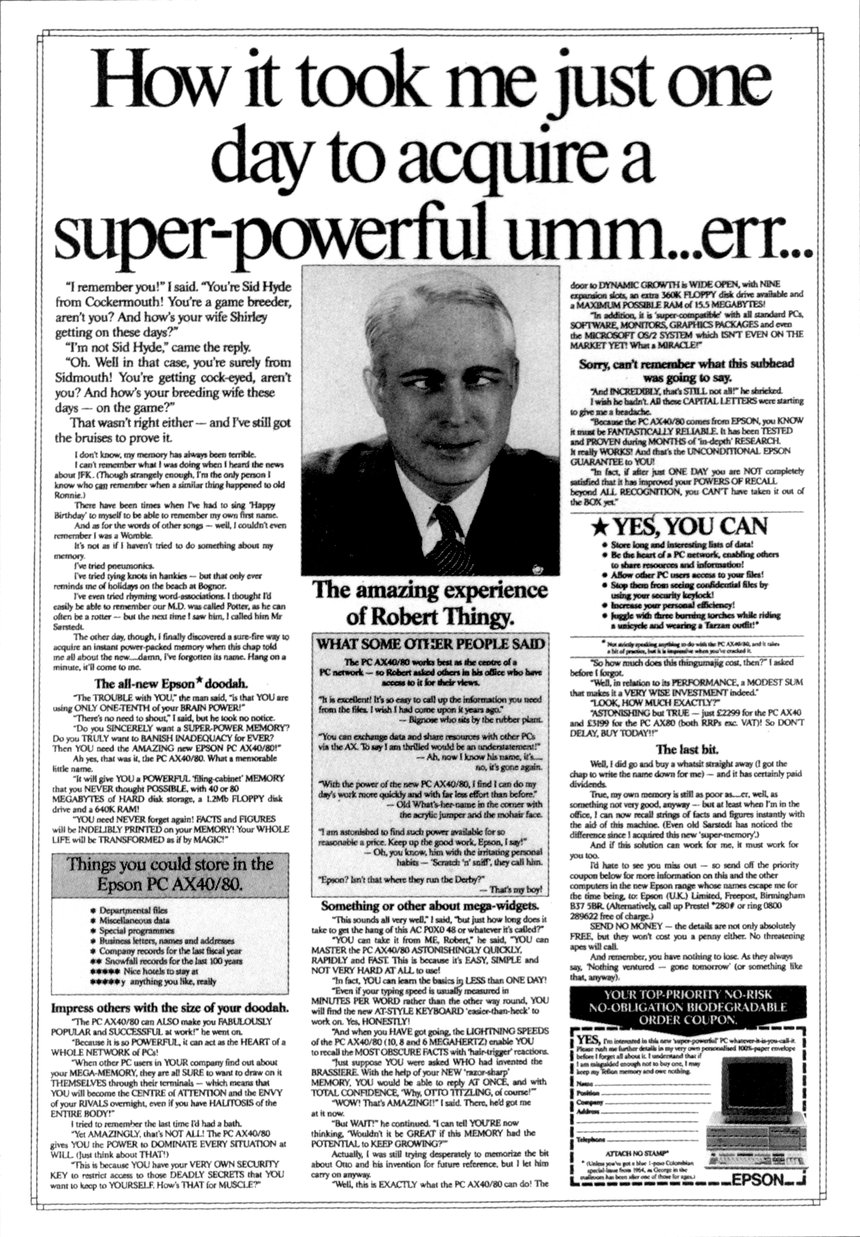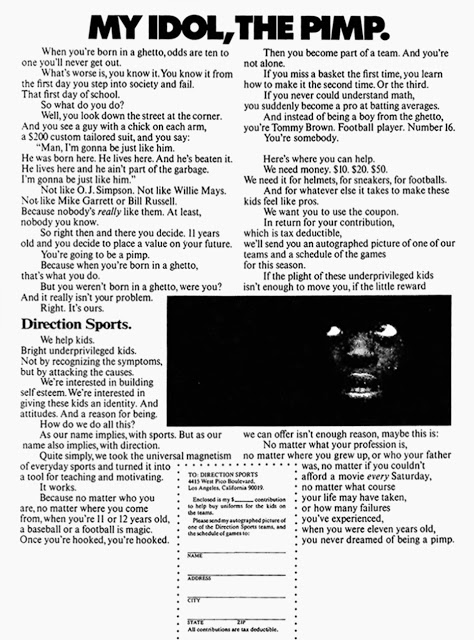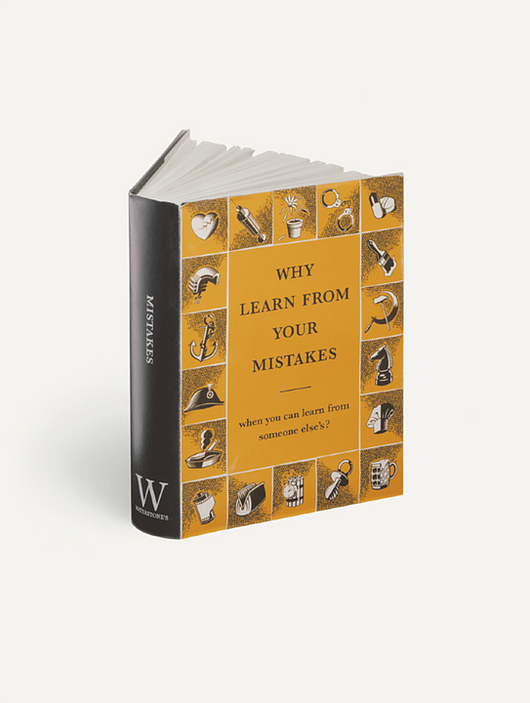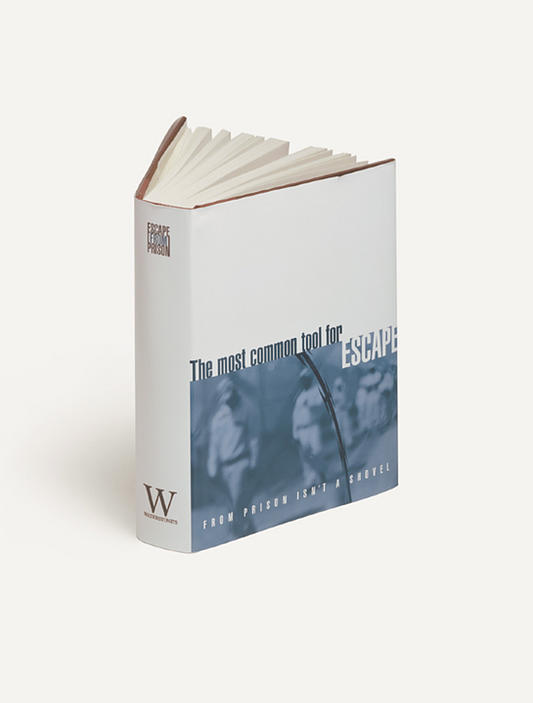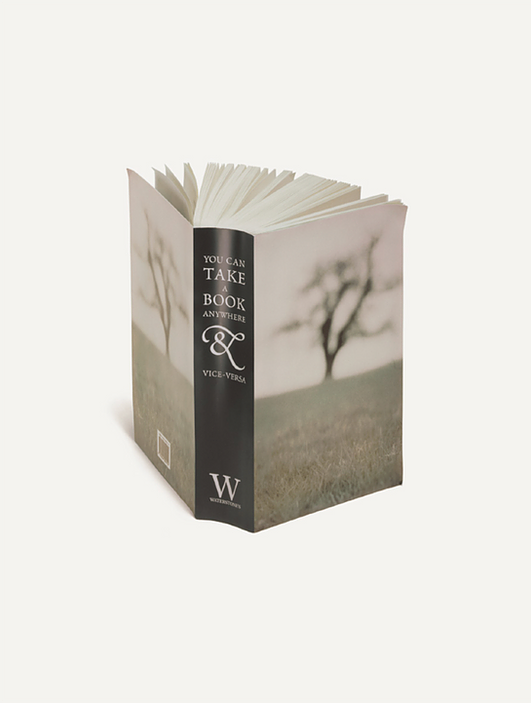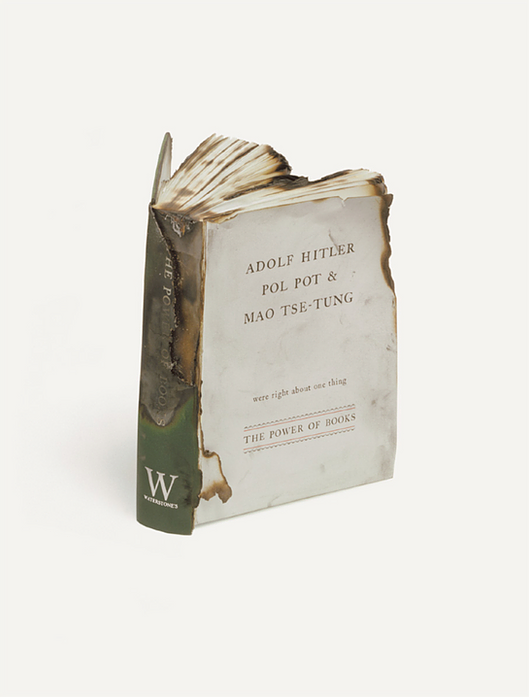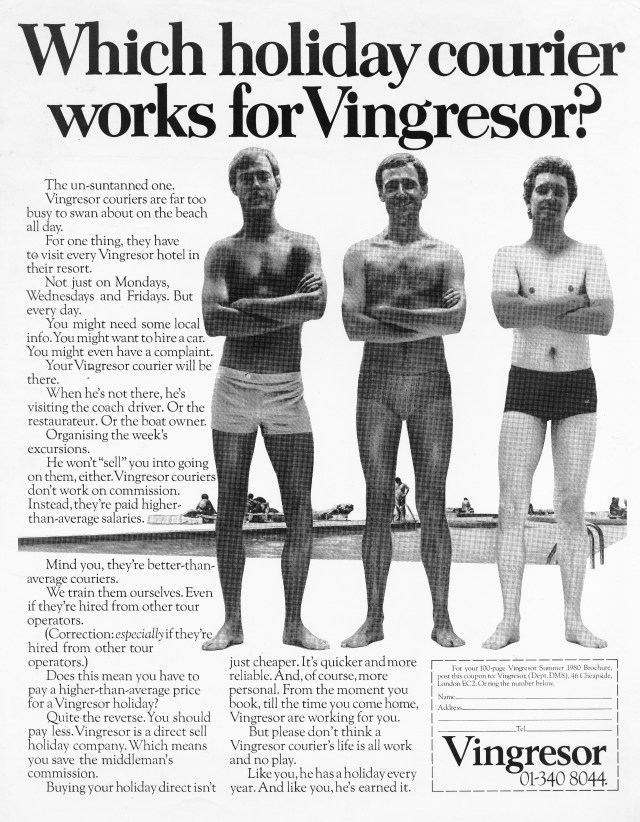Green light, Seven Eleven. You stop in for a pack of cigarettes. You don’t smoke, don’t even want to. Hey now, check the weekend.
Kurosawa’s 100 favorite movies.
What would happen if a nuke went off in your area?
Type words; have pop songs sing them back to you.
A map of what’s musically popular around the world.
How Queen Elizabeth 1 locked her letters to the King of France:
David Bowie on not playing to the gallery:
The difference between acting on stage and acting in movies:

